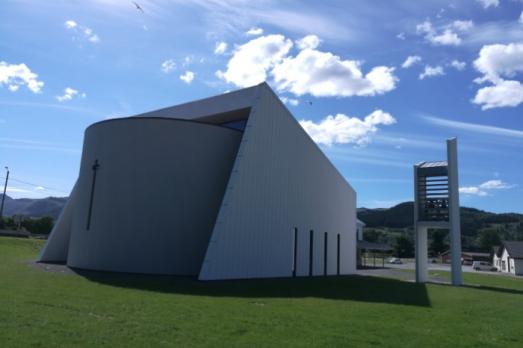
Etne kyrkje
Etne, NO
Etne church is a brick church that was built in 2013. The church has a rectangular plan and was designed by architect Arne Tveit.
Here you can search for a building to visit. You can use the map find destinations, or you can use the filters to search for a building based upon what different criteria.

Etne, NO
Etne church is a brick church that was built in 2013. The church has a rectangular plan and was designed by architect Arne Tveit.
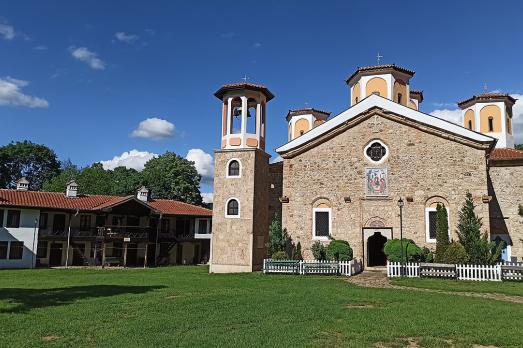
Etropole, BG
The Holy Trinity Monastery is a13th century construction in the town Etropole.
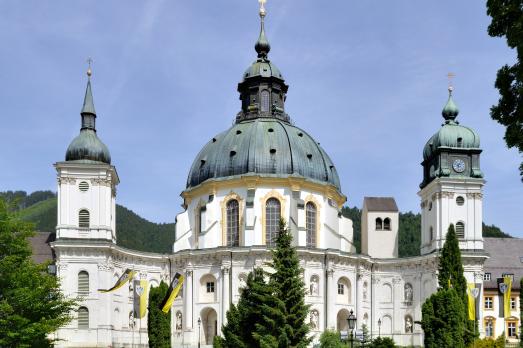
Ettal, DE
It is a Benedictine monastery founded in the 14th century by Emperor Ludwig IV, the Bavarian. It is a well-known pilgrimage destination because of the white marble statue of the Virgin Mary, who allegedly led the emperor to fund the monastery.
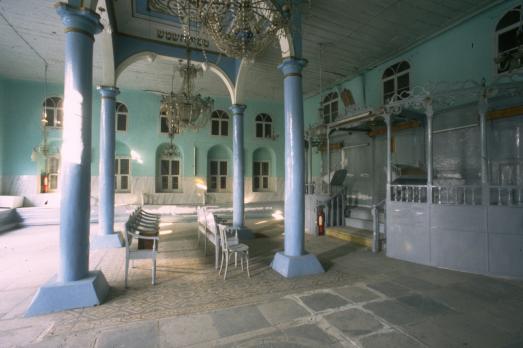
Kemeraltı, TR
The Etz Haim Synagogue in Izmir is a Sephardi synagogue completed in 1851. This stone syangogue is now abandoned.
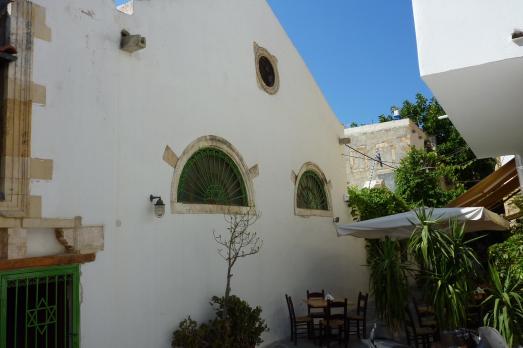
Chania, GR
The Etz Hayim (Zakynthiniote) Synagogue in Chania is a Romaniot synagogue from the 17th century, restored in 1999. This stone building still serves as a synagogue.
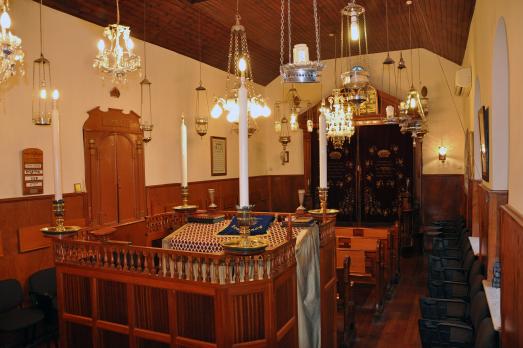
, GI
The Etz Hayim Synagogue (The Little Synagogue) in Gibraltar is a Sephardi synagogue completed in 1759. The synagogue had to be reconstructed after the Great Siege of 1779-1783. This brick building still serves as a synagogue.
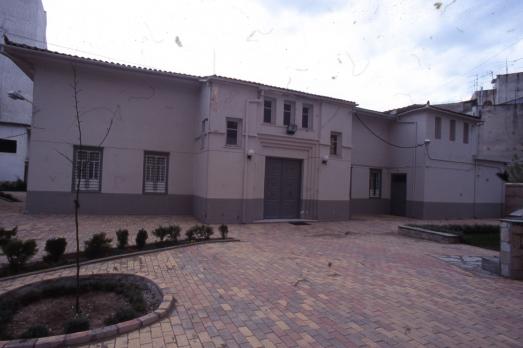
Larissa, GR
The Etz Hayim Synagogue in Larissa is a Romaniot synagogue built in 1860 and restored in 1947. This Modernist building still serves as a synagogue.
Kampen, NL
Modern church with small tower. Built as Reformed Church (Liberated), after merger in 2023 NGK
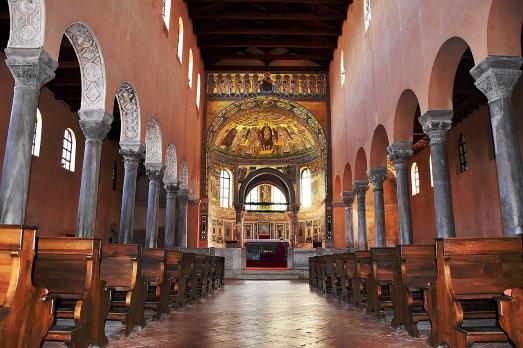
Poreč, HR
The Euphrasian Basilica, now the cathedral of Poreč, was built in the 6th century on the site of an early Christian church at the time of Emperor Justinian I (483-565). The complex of the Euphrasian Basilica includes the Basilica, the Parish Church, the Sacristy, the Baptistery and Bell Tower, the Oratory of Mauro and the nearby Episcopal Palace. The mosaics of the interior and the facade of the church are among the best-preserved works of Byzantine art. In 1997, UNESCO declared the basilica a World Heritage Site.
Schoonebeek, NL
Interesting interbellum church with tower. Built as a Reformed Church.

new
Nestled amidst the serene landscapes of the Harz region, lies a hidden gem for nature enthusiasts and history buffs alike - the Harz Monastery Hiking Trail. Lace up your hiking boots and embark on this captivating adventure that will transport you back in time.

The Holy Mile (Miglio Sacro) of Naples is a one-mile-long itinerary, through sacred places linked to the city's patron saint, San Gennaro, in the Rione Sanità district. Discover the city from a new perspective with this unique walking tour.

As a university city, cultural offerings abound in Tartu and will reach their peak after being designated one of three European Capitals of Culture for 2024. In this list, we've compiled the most interesting sacred places to visit in and around the old town.